Themed collection Editor’s Collection: Zirconium based MOFs for catalysis

Green applications of metal–organic frameworks
MOFs as green materials – a highlight of the environmentally conscious or “green” applications of MOFs.
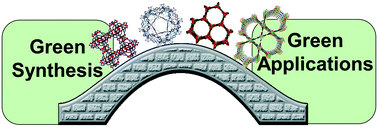
CrystEngComm, 2018,20, 5899-5912
https://doi.org/10.1039/C8CE01002A
Photocatalytic metal–organic frameworks for organic transformations
Metal–organic frameworks (MOFs) have attracted increasing attention for applications in heterogeneous photocatalysis.
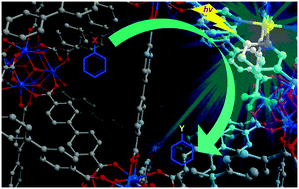
CrystEngComm, 2017,19, 4126-4136
https://doi.org/10.1039/C7CE00398F
Perspectives on metal–organic frameworks with intrinsic electrocatalytic activity
This highlight article focuses on the rapidly emerging area of electrocatalytic metal–organic frameworks (MOFs) with a particular emphasis on those systems displaying intrinsic activity.
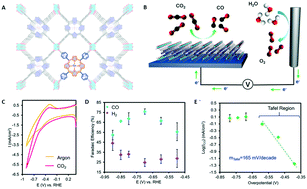
CrystEngComm, 2017,19, 4049-4065
https://doi.org/10.1039/C7CE00215G
Metal–organic frameworks with Lewis acidity: synthesis, characterization, and catalytic applications
In this highlight, we review the recent development in the design and synthesis of metal–organic frameworks with Lewis acidity, the characterization techniques of Lewis acid sites, and their applications in heterogeneous catalysis.
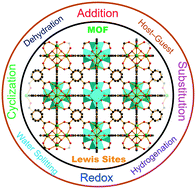
CrystEngComm, 2017,19, 4066-4081
https://doi.org/10.1039/C6CE02660E
Enzyme encapsulation in metal–organic frameworks for applications in catalysis
Various methods for encapsulating enzymes in metal–organic frameworks are discussed and the catalytic activity of biocomposites prepared using these methods is highlighted.
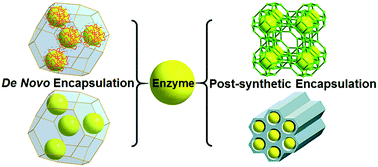
CrystEngComm, 2017,19, 4082-4091
https://doi.org/10.1039/C7CE00022G
Understanding metal–organic frameworks for photocatalytic solar fuel production
The fascinating chemical and physical properties of MOFs have recently stimulated exploration of their application for photocatalysis. Design guidelines for these materials in photocatalytic solar fuel generation can be developed by applying the right spectroscopic tools.
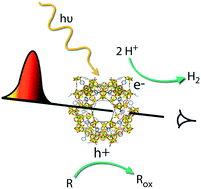
CrystEngComm, 2017,19, 4118-4125
https://doi.org/10.1039/C7CE00006E
Microwave-assisted synthesis of urea-containing zirconium metal–organic frameworks for heterogeneous catalysis of Henry reactions
A urea-containing UiO-68 isoreticular zirconium metal–organic framework with mixed dicarboxylate struts can work as an efficient hydrogen-bond-donating heterogeneous catalyst for Henry reactions of benzaldehydes and nitroalkanes.
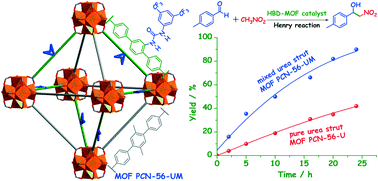
CrystEngComm, 2019,21, 1358-1362
https://doi.org/10.1039/C8CE02153H
Time modulation of defects in UiO-66 and application in oxidative desulfurization
Defective UiO-66 obtained by simply tuning the synthesis time is very active for oxidative desulfurization.
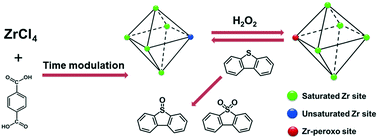
CrystEngComm, 2018,20, 5658-5662
https://doi.org/10.1039/C8CE00795K
Using water adsorption measurements to access the chemistry of defects in the metal–organic framework UiO-66
Defects in UiO-66 were investigated for the first time by water adsorption measurements and then the materials were tested for the cyanosilylation of benzaldehyde.
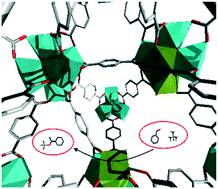
CrystEngComm, 2017,19, 4137-4141
https://doi.org/10.1039/C7CE00224F
Single crystal structure and photocatalytic behavior of grafted uranyl on the Zr-node of a pyrene-based metal–organic framework
The zirconium MOF NU-1000 was post-synthetically modified through solvothermal deposition to include the uranyl ion and characterized via single-crystal X-ray diffraction; photo-oxidation was also performed.
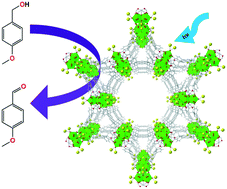
CrystEngComm, 2020,22, 2097-2102
https://doi.org/10.1039/C9CE02034A
Synthesis, characterization, and post-synthetic modification of a micro/mesoporous zirconium–tricarboxylate metal–organic framework: towards the addition of acid active sites
Synthesis of defective microporous/mesoporous MOF-808.
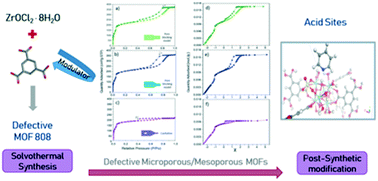
CrystEngComm, 2019,21, 3014-3030
https://doi.org/10.1039/C9CE00218A
Scalable, room temperature, and water-based synthesis of functionalized zirconium-based metal–organic frameworks for toxic chemical removal
An inexpensive, environmentally benign and scalable strategy was developed to synthesize UiO-66 derivatives in water at room temperature.
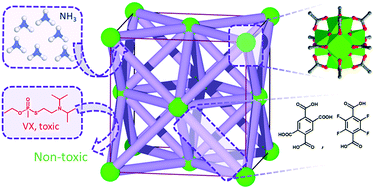
CrystEngComm, 2019,21, 2409-2415
https://doi.org/10.1039/C9CE00213H
Ferrocenecarboxylic acid: a functional modulator for UiO-66 synthesis and incorporation of Pd nanoparticles
FcCOOH was found to be an efficient modulator for UiO-66 synthesis and a functional group for incorporation of Pd nanoparticles.
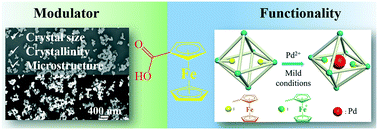
CrystEngComm, 2019,21, 1772-1779
https://doi.org/10.1039/C9CE00067D
Water coordination and dehydration processes in defective UiO-66 type metal organic frameworks
We studied linker defects within the UiO-66(Zr) in dept and unraveled their most optimal coordination with water and their beneficial effect on dehydration processes.

CrystEngComm, 2016,18, 7056-7069
https://doi.org/10.1039/C6CE01027J
A stable and porous iridium(III)-porphyrin metal–organic framework: synthesis, structure and catalysis
A porous iridium(III)-porphyrin metal–organic framework with high stability has been prepared, which can promote the carbenoid insertion into O–H bonds.
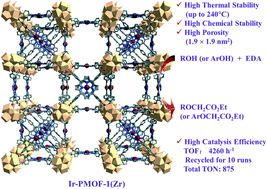
CrystEngComm, 2016,18, 2203-2209
https://doi.org/10.1039/C6CE00358C
Active site engineering in UiO-66 type metal–organic frameworks by intentional creation of defects: a theoretical rationalization
The catalytic activity of the Zr-benzenedicarboxylate (Zr-BDC) UiO-66 increases by using synthesis modulators as trifluoroacetate (TFA) or hydrochloric acid (HCl), which can be removed post-synthetically.

CrystEngComm, 2015,17, 395-406
https://doi.org/10.1039/C4CE01672F
About this collection
Metal-organic frameworks (MOFs) are a class of hybrid crystalline porous materials built from inorganic nodes and organic linkers with atomic-level control. This precise control allows for the potential deployment of MOFs to solve challenging problems ranging from storage and separations to catalysis. Among the different families of MOFs, Zr6-based MOFs display an amazing thermal and chemical stability. The atomic precision and stability of Zr6-based MOFs enable them to be great candidates as heterogeneous catalysts and/or catalyst-supports. This collection includes research articles and reviews that showcase the diversity of reactions that Zr6-based MOFs can catalyze.